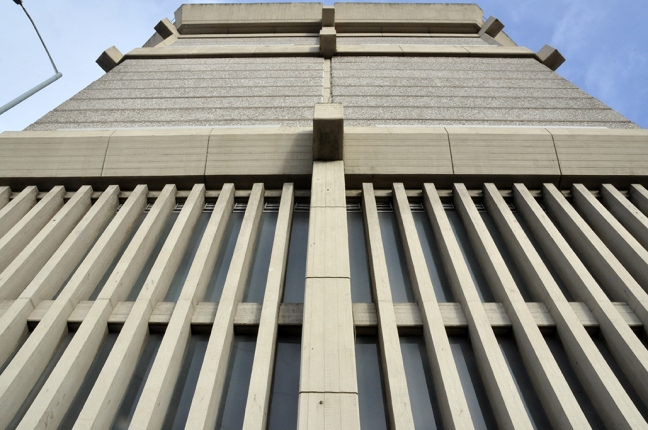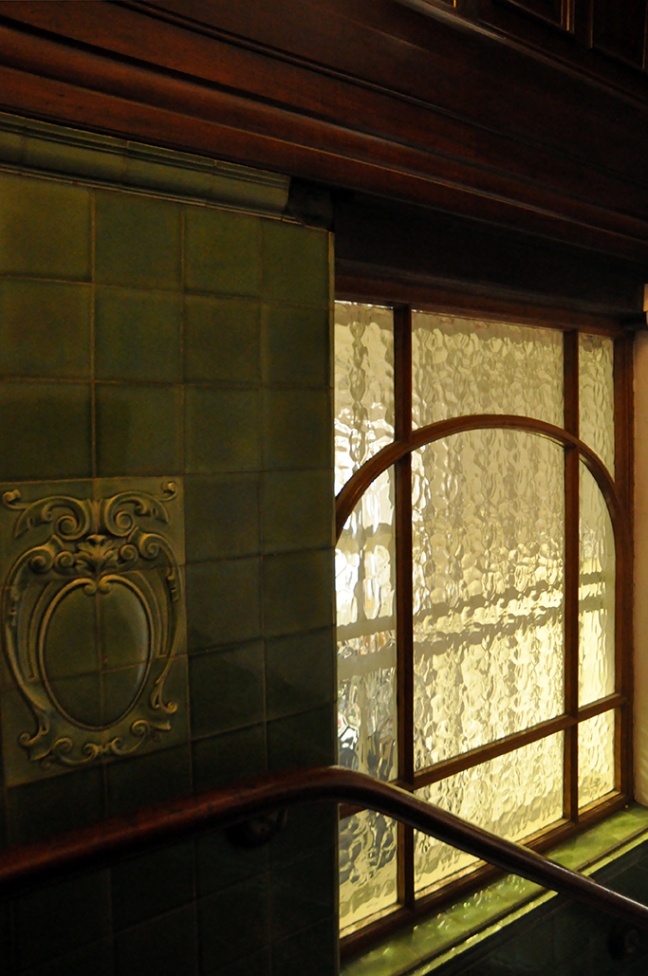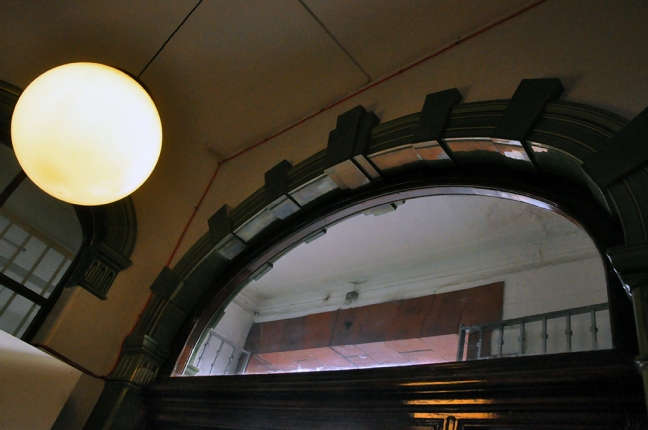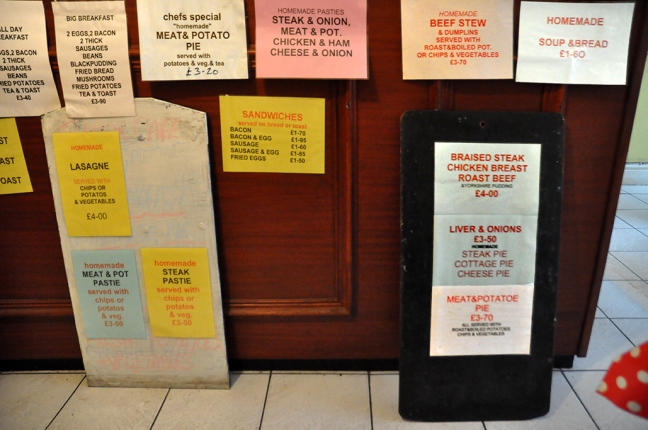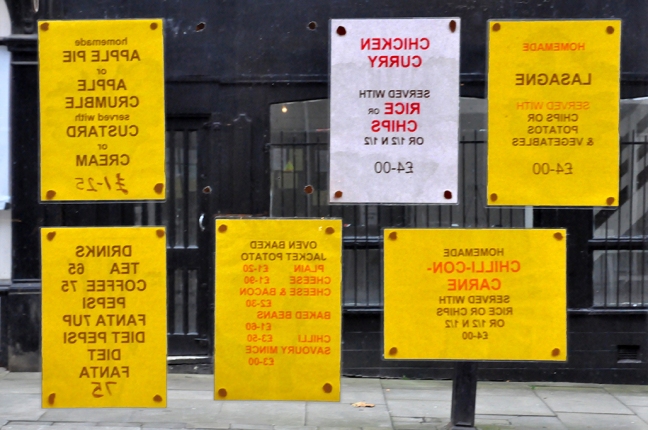On your way to Pier Head or the Albert Dock, you are more than likely to be confronted by a piece of High Egyptian Art Deco utilitarian architecture.
Whose incongruity grows and grows – you’ll never get used to it.
But it’s still in use.
As a ventilation and control tower for the Queensway Tunnel that passes far beneath your very feet, beneath the Mersey.
“Each side of the Mersey has a triumvirate of ventilation stations with exhaust towers that could be up to 210 ft high; these and the tunnel approaches are the surviving street-level evidence of the tunnel beneath that links Birkenhead with Liverpool. Apart from the Art Deco ornamentation in the form of sculptures and decorative brick work, the form of each station is quite functional and determined by the size of the ventilation machinery such as the 50 ft fan casings. The heights of their towers are a response to the mechanical requirements of exchanging poisonous gas from the vehicular traffic in the tunnels with fresh air – they were not designed to be icons!”
Architect Herbert James Rowse decorated by sculptor Edmund Charles Thompson
http://www.ribablogs.com/?p=4392

















































































































































































